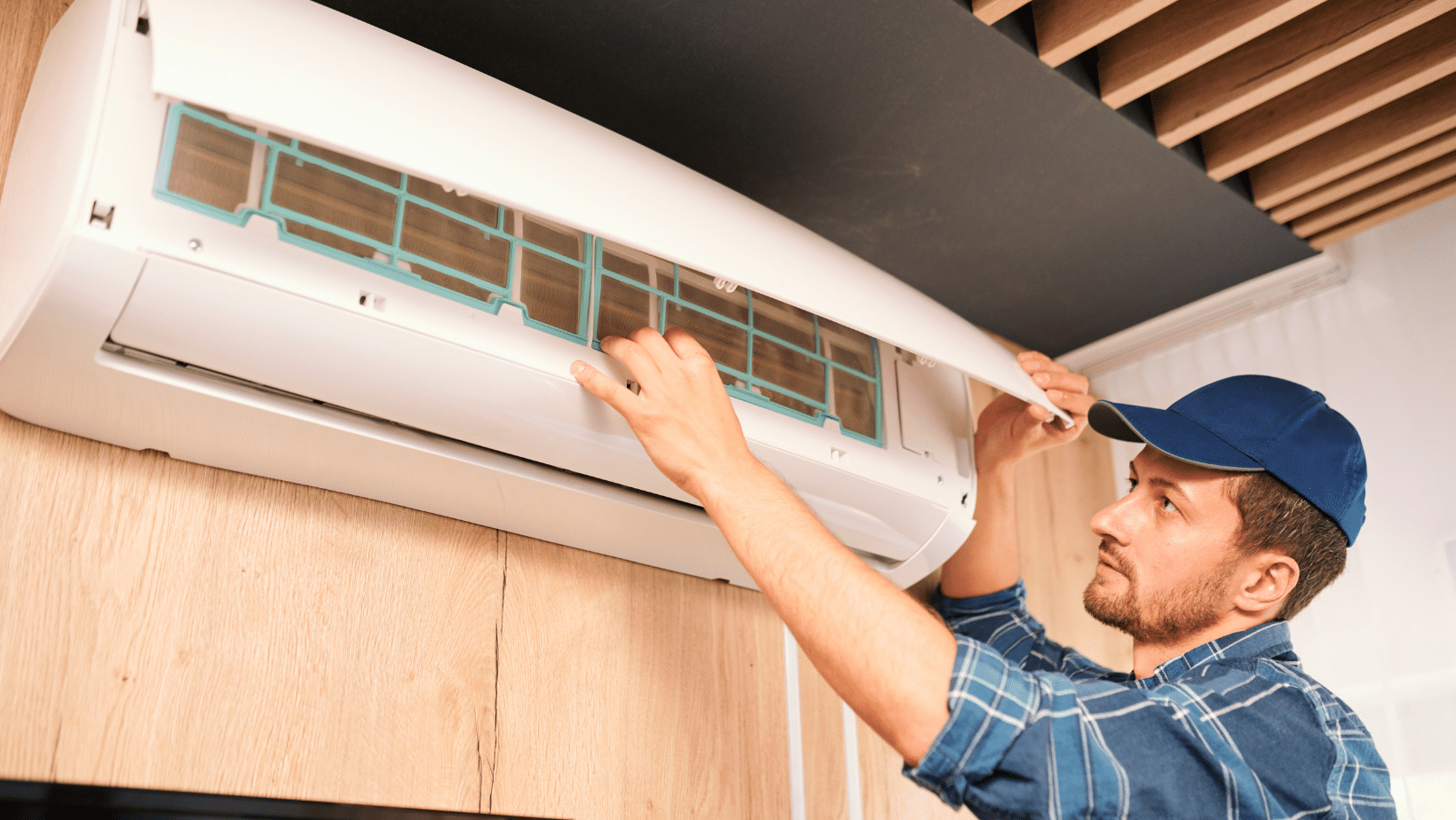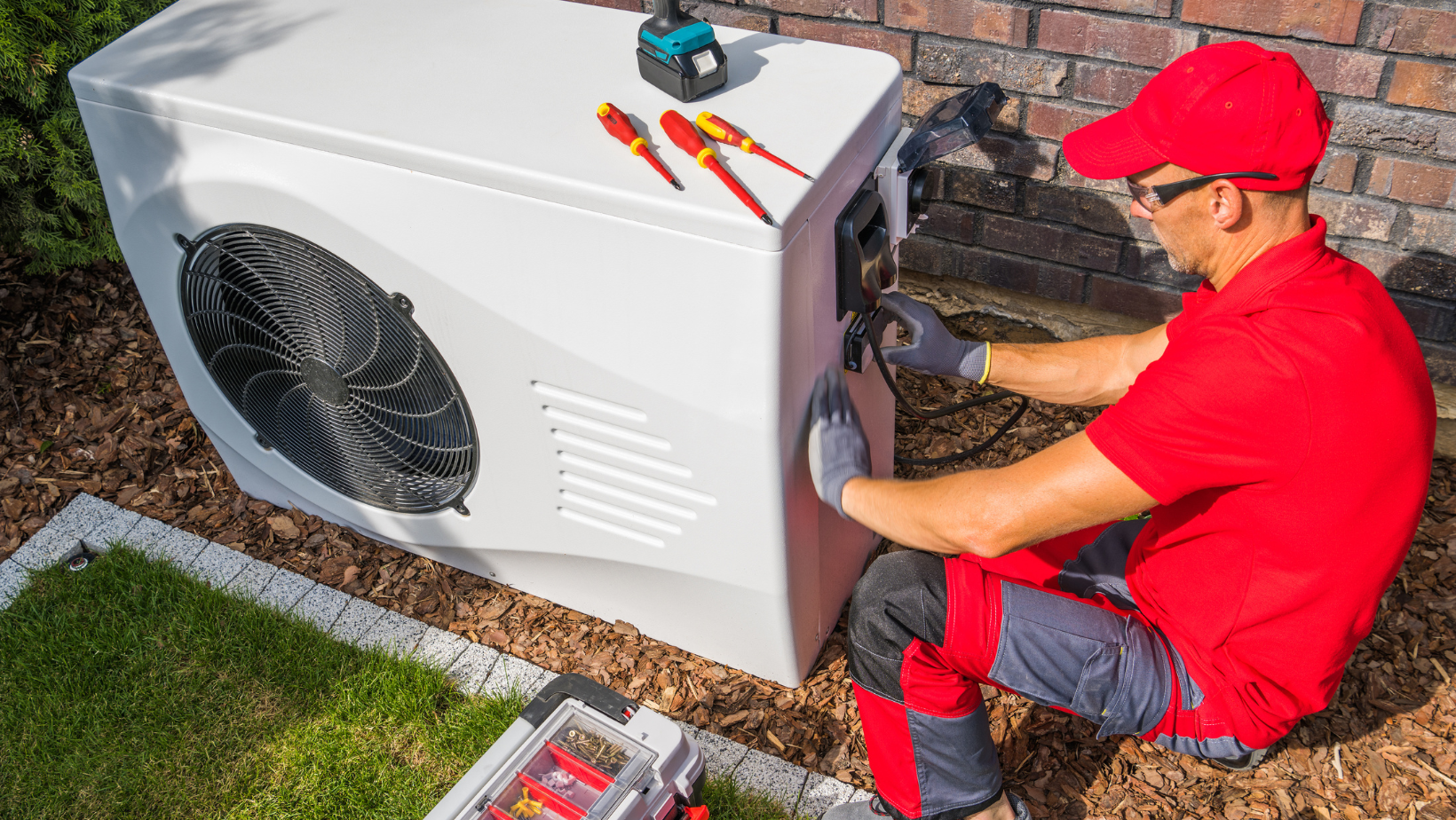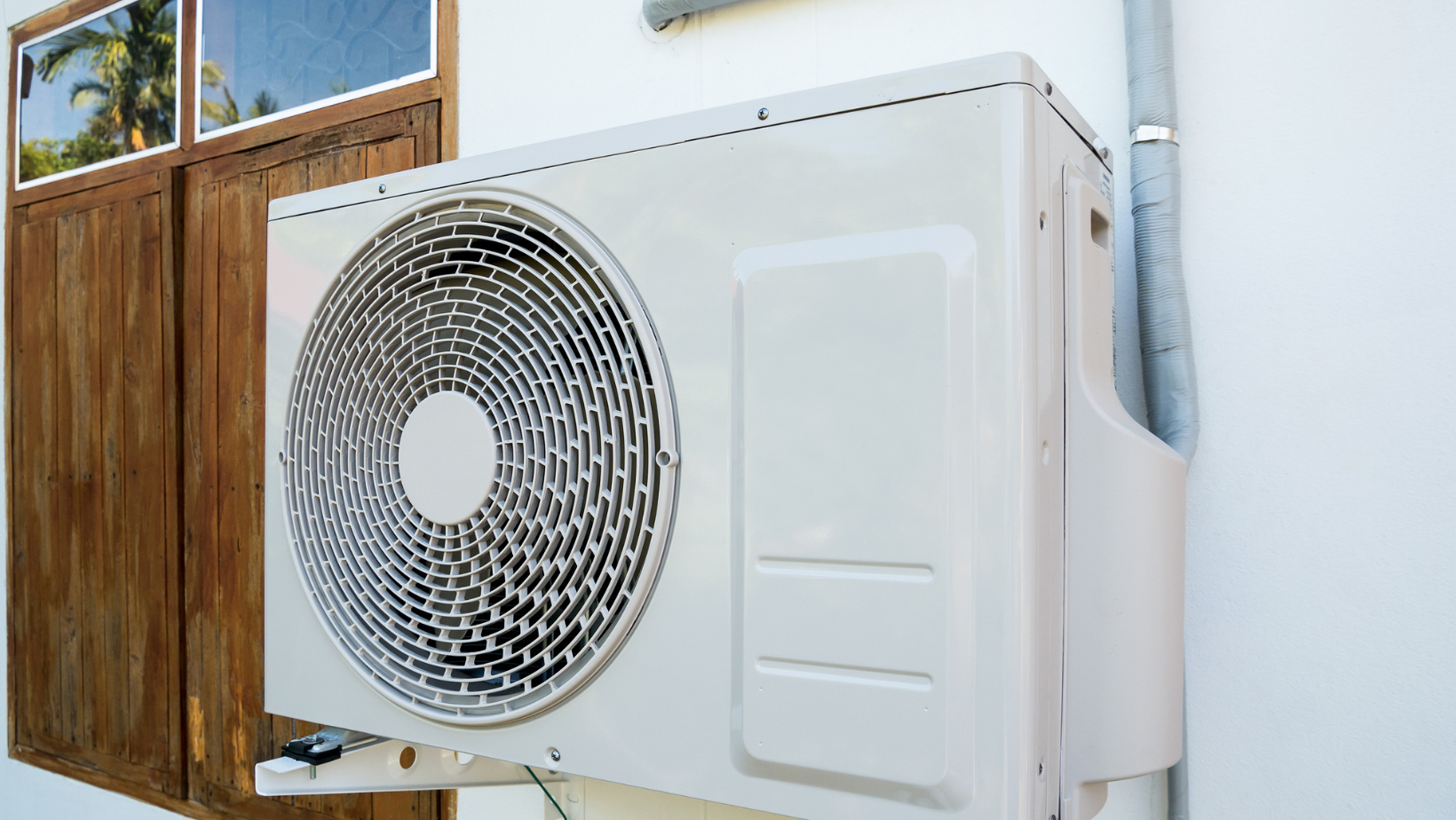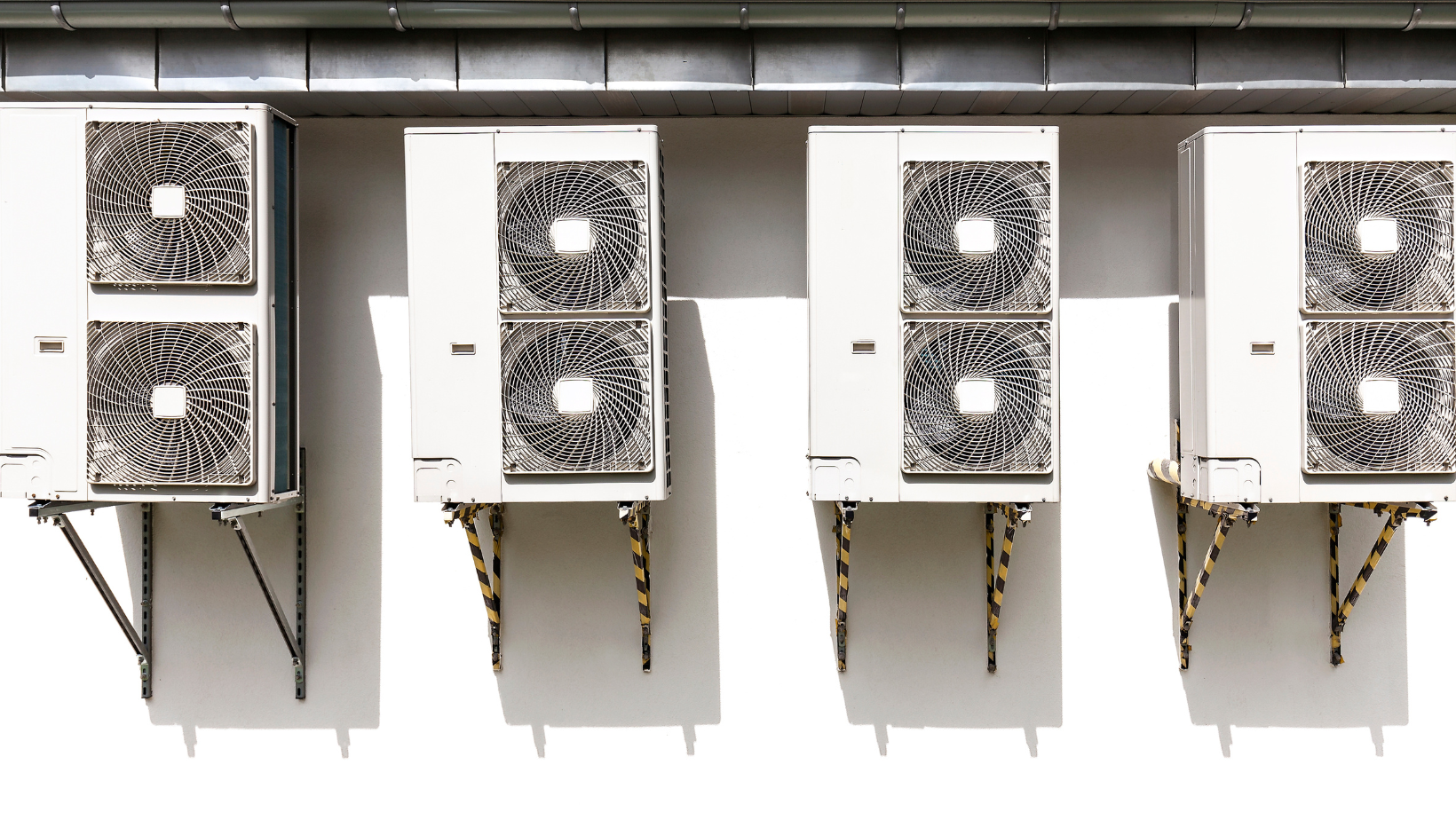
As a commercial property owner, choosing an air conditioning (AC) system can significantly impact your energy bills, environmental footprint, and the comfort of your occupants. Therefore, understanding the different types of AC systems available for commercial buildings is crucial in optimizing your HVAC investment and ensuring a sustainable and comfortable environment. From centralized systems to ductless mini-splits, each AC type has unique benefits, considerations, and ideal usage scenarios.
This comprehensive guide will delve into the various types of commercial HVAC system contractors' systems, providing you with the knowledge you need to make an informed decision. So, if you're considering an upgrade or installing a new system, keep reading to discover the perfect solution for your commercial building's cooling needs.
What are AC Systems?
Commercial HVAC contractors' systems, at their core, manage and control the temperature and humidity levels within an enclosed space, ensuring a comfortable and optimal environment. They work on heat transfer and thermodynamics principles, taking in the warm indoor air, removing the heat, and then directing the cooled air back into the room. For a commercial setting, the requirements can be quite complex, considering factors such as the size of the space, the number of occupants, and the nature of activities conducted.
For instance, an office space may require a different commercial HVAC system than a restaurant or a gym, owing to the varying levels of heat generated and the desired indoor climate. A high-capacity centralized system would be more suited for a hotel with numerous rooms, while a ductless mini-split system could be the ideal choice for a small retail shop, giving individual control over the temperature settings. By understanding the basics of how cooling systems function and their intended applications, commercial property owners can make a more informed decision when investing in their building's HVAC solutions.
Types of Commercial HVAC System Contractors' Systems for Commercial Buildings
There are several commercial AC systems, each with distinct features and factors to consider. Let's explore some common types of AC systems for commercial buildings that you should be familiar with:
Central Air Conditioning
Central air conditioning systems, often called central AC, are one of the commercial buildings' most common cooling solutions. These systems provide uniform cooling throughout the building via air ducts and vents. The central unit, usually outside the building, cools the air and then pushes it through the ducts across the different rooms or zones. This cooled air is released through vents, reducing the indoor temperature to the desired level.
One of the primary advantages of Central AC systems is their ability to cool large spaces efficiently and uniformly. However, they might not be the best choice for buildings with varying cooling needs across different zones, as they don't offer individual temperature control for each room. For instance, consider a large office building with different departments such as IT, HR, and Design. The IT server room might require lower temperatures to keep the servers cool, while the Design team might prefer a warmer setting for their creative work. Choosing an AC system with zone control might be more efficient.
Window Air Conditioning
Window air conditioning units, often simply referred to as window ACs, are a type of individual unit AC system that is compact, easy to install, and ideal for cooling individual rooms or small spaces. As the name suggests, they are typically installed in a window and are self-contained, housing all necessary components within a single box. They function by pulling in warm air from the room, cooling it through a refrigeration cycle, and then expelling the cooled air back into the room while at the same time ejecting the excess heat to the outside.
This type of AC system can be a cost-efficient solution for commercial buildings like small restaurants, shops, or office spaces with a limited cool area. For example, a boutique clothing store might benefit from a window AC unit. The unit can effectively cool the shop floor, providing a comfortable environment for customers and staff without the hefty investment of a larger, centralized system. However, it's worth noting that while window AC units are a more affordable upfront investment and easier to install, they may be less energy-efficient in the long run compared to other types of systems, and they may not provide the same level of cooling power or aesthetic appeal as some other options.
Split Air Conditioning
Split air conditioning or ductless or mini-split systems are versatile cooling solutions for commercial buildings. These systems have two main components: an outdoor compressor/condenser and one or multiple indoor air-handling units. These units are connected via a conduit housing the power cable, refrigerant tubing, suction tubing, and a condensate drain. The primary advantage of split HVAC systems is their ability for zone control, as each indoor unit can be individually controlled, providing optimal cooling based on the specific needs of each room or zone.
For instance, a multi-story office building may use split AC systems to manage different temperature needs for various departments or to provide individual temperature control in private offices. This system is also beneficial in commercial settings where adding ductwork may not be feasible due to space limitations or architectural constraints. However, the initial cost of installation for split AC systems can be higher compared to other types, but their energy efficiency and customization capabilities often make them a worthwhile investment for many commercial properties.
Multi-Split Air Conditioning
Multi-Split air conditioning systems are an advanced version of the typical split systems. They involve one outdoor unit connected to multiple indoor units, allowing independent temperature control for different zones within the building. This feature makes it an excellent choice for commercial properties with diverse cooling needs across various rooms or sections.
For instance, a restaurant might have a multi-split system with individual indoor units in the kitchen, dining area, and storage room, each requiring different temperature settings. The energy efficiency of multi-split systems is also commendable, as they only cool the areas in use, leading to significant energy savings. However, the installation process can be complex and require a higher upfront investment than other AC systems.
Packaged Air Conditioning
Packaged Air Conditioning systems are all-in-one cooling solutions popular in commercial settings where space is a premium. These systems house all the necessary components, such as the compressor, condenser, evaporator, and expansion device, in a single casing, usually installed on rooftops or a concrete slab beside the building. They operate by pulling in outside air, cooling it, and distributing the cooled air throughout the building via ductwork.
One of the key benefits of packaged AC units is their high cooling capacity, making them an excellent choice for larger commercial spaces such as supermarkets, theaters, or warehouses. For instance, consider a warehouse storing perishable goods. A packaged AC system can efficiently maintain a uniformly cool temperature across the vast storage space, ensuring the longevity and freshness of the goods. However, like central AC systems, packaged units lack zonal temperature control and might be less energy efficient than split or multi-split systems.
Factors To Consider When Choosing AC Systems For A Commercial Building
Several factors must be considered when deciding on the best HVAC services for a commercial building. These include:
Size and Layout of the Building
The size and layout of your building are among the first factors you should consider when selecting an AC system. Commercial buildings vary greatly in size, from small boutique stores to sprawling warehouses or multi-story office buildings. The total square footage of the building and the intended use of different spaces within the building will significantly influence the cooling capacity required by the AC system.
For instance, a large open-plan office may benefit from a central or packaged AC system capable of cooling large spaces evenly. Conversely, a building with distinct zones or rooms with different cooling requirements, such as a restaurant with a hot kitchen and a customer dining area, might be better suited for a split or multi-split system for independent temperature control per zone. Furthermore, the layout of the building, including factors like ceiling height, window placement, and sunlight exposure, can affect the cooling load. A professional HVAC contractor can assess these factors and recommend the most suitable AC system for your commercial building.
Cost
The cost of an air conditioner system is another crucial factor that can significantly impact your choice. This consideration encompasses the upfront cost of purchasing the AC units, installation charges, and the ongoing expenses related to energy consumption, maintenance, and potential repairs. These costs can vary significantly depending on the type of system chosen.
For example, window AC units and split AC systems are generally cheaper to purchase and install but may incur higher energy costs over the long term due to less efficient energy usage, especially in large commercial buildings. On the other hand, central AC systems, multi-split systems, and packaged AC units have a higher initial cost but tend to be more energy efficient, leading to lower operational costs over time. Additionally, these commercial HVAC systems often have better maintenance and repair options, potentially leading to cost savings in the long run.
Energy Efficiency
When choosing an AC system for a commercial building, energy efficiency should be a top consideration. Not only does a more efficient system reduce environmental impact, but it also leads to considerable cost savings in terms of lower energy bills. The energy efficiency of an AC system is usually indicated by its Seasonal Energy Efficiency Ratio (SEER) rating: the higher the SEER rating, the more energy-efficient the system is.
For example, central AC, multi-split, and packaged AC units usually have a higher SEER rating, making them more energy-efficient than window AC units and typical split AC systems. However, it's important to balance the initial cost with the potential energy savings over time. A professional HVAC contractor can provide a detailed cost analysis to help determine the most energy-efficient and cost-effective solution for your needs. Additionally, considering energy-efficient design principles, such as proper insulation and strategic window placement, can further improve the performance and efficiency of your AC system.
Noise Levels
In a commercial setting, noise levels can significantly affect the comfort and productivity of employees and customers. Depending on the type of business, you may need to consider an AC system's noise output during operation. Generally, window AC units and split systems tend to be louder than central AC or packaged units due to their smaller size and location within the building.
However, technological advances have led to quieter AC systems across all types. For example, central AC units now come with sound-absorbing insulation and variable-speed fans that can significantly reduce noise levels. Multi-split commercial HVAC service and packaged units also have options for sound-dampening materials or remote installation of the condenser unit away from occupied spaces to minimize noise disturbance. Discuss your noise concerns with a professional contractor when selecting an AC system for your commercial building.
Zoning and Temperature Control
Zoning and temperature control are critical factors when choosing HVAC equipment for a commercial building. This pertains to the capability of an AC system to independently regulate the temperature in different areas or 'zones' within the building. AC systems with zoning capabilities, such as split, multi-split, or Variable Refrigerant Flow (VRF) systems, are equipped with multiple indoor units that can be individually controlled. This allows for specific temperature settings in different areas, accommodating varying cooling and indoor air quality needs throughout the building.
For instance, in a hotel setting, the lobby area may need to be kept cooler due to the constant opening and closing of entrance doors and the volume of people passing through. In contrast, the rooms may require a warmer temperature for guest comfort. A multi-split system would allow the hotel to cater to these varying air conditioners efficiently. On the other hand, buildings with large, open spaces that require uniform cooling, like warehouses or supermarkets, may not benefit significantly from zoning capabilities, making central air handlers or packaged systems more suitable.
Benefits of Proper AC System Selection
Choosing the right AC system for your commercial building can have numerous benefits beyond providing a comfortable indoor environment. Some key advantages include:
- Cost savings: A well-selected commercial heating installation system tailored to the specific needs of your building can yield significant financial savings in the long run. Energy-efficient models may have higher upfront costs but can offset this with lower operational costs, resulting in overall cost savings.
- Improved productivity: A comfortable indoor environment can enhance employee productivity. Employees can work more effectively by ensuring optimal temperature levels, leading to increased business performance.
- Enhanced customer comfort: A well-regulated indoor climate can significantly enhance customer comfort and satisfaction, especially in customer-facing businesses such as retail stores and restaurants. This can positively impact the business's reputation and bottom line.
- Repair and maintenance: Having a heating and cooling system tailored to the building's specific needs can lower the chances of overusing or misusing the heating system. And you know what that means? Reduced maintenance and repair costs!
- Environmental sustainability: High-efficiency AC systems use less energy, contributing to lower carbon emissions and a smaller environmental footprint. This can also help businesses meet sustainability goals and improve their public image.
Conclusion
The selection of the right AC system for a commercial building is a multifaceted decision that requires careful consideration of numerous factors, including cost, energy efficiency, noise levels, zoning capabilities, and temperature control. No single type of AC system is universally the best; the optimal choice greatly depends on the specific needs of the building and its occupants. By seeking professional advice and considering the above mentioned factors, you can find an AC system that provides a comfortable indoor environment and supports cost savings, improved productivity, customer satisfaction, reduced maintenance costs, and environmental sustainability. Remember, the right decision affects the comfort of occupants and has far-reaching implications for your business's bottom line and reputation.



